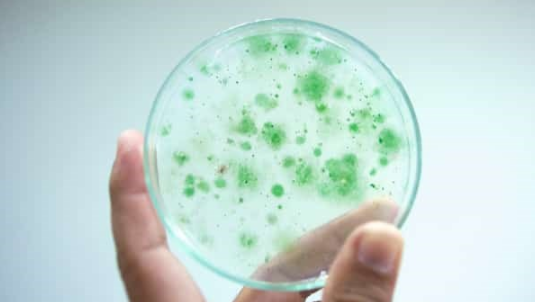THUNDER BAY — For the second time in 11 days, there's a confirmed report of blue-green algae on Lake Shebandowan.
The Thunder Bay District Health Unit said late Tuesday that a water sample taken on Aug. 27 at Rossmere Bay on Middle Shebandowan tested positive for the algae.
However, the Ministry of the Environment, Conservation and Parks has not yet completed its laboratory analysis that will determine if the sample contained harmful levels of toxins.
Some blue-green algae blooms produce toxins that pose a health risk to people and animals when consumed or inhaled, or even from skin contact.
Blue-green algae was previously identified at Shelter Bay on Lower Shebandowan on Aug. 20, in a water sample taken on Aug. 9.
Results of lab analysis have not been released in that case as yet.
The TBDHU said it's important to remember that water should be avoided whenever a blue-green algae bloom is present, and for about two weeks after it has dissipated.
The algae was also discovered at the Hazelwood Lake Conservation Area and at Two Island Lake in June, as well as at Black Bay on Lake Superior in July.
The Hazelwood Lake and Two Island Lake samples showed toxin levels that were below the Ontario Drinking Water Standard.
Results from tests of the Black Bay sample have not been released to date.





